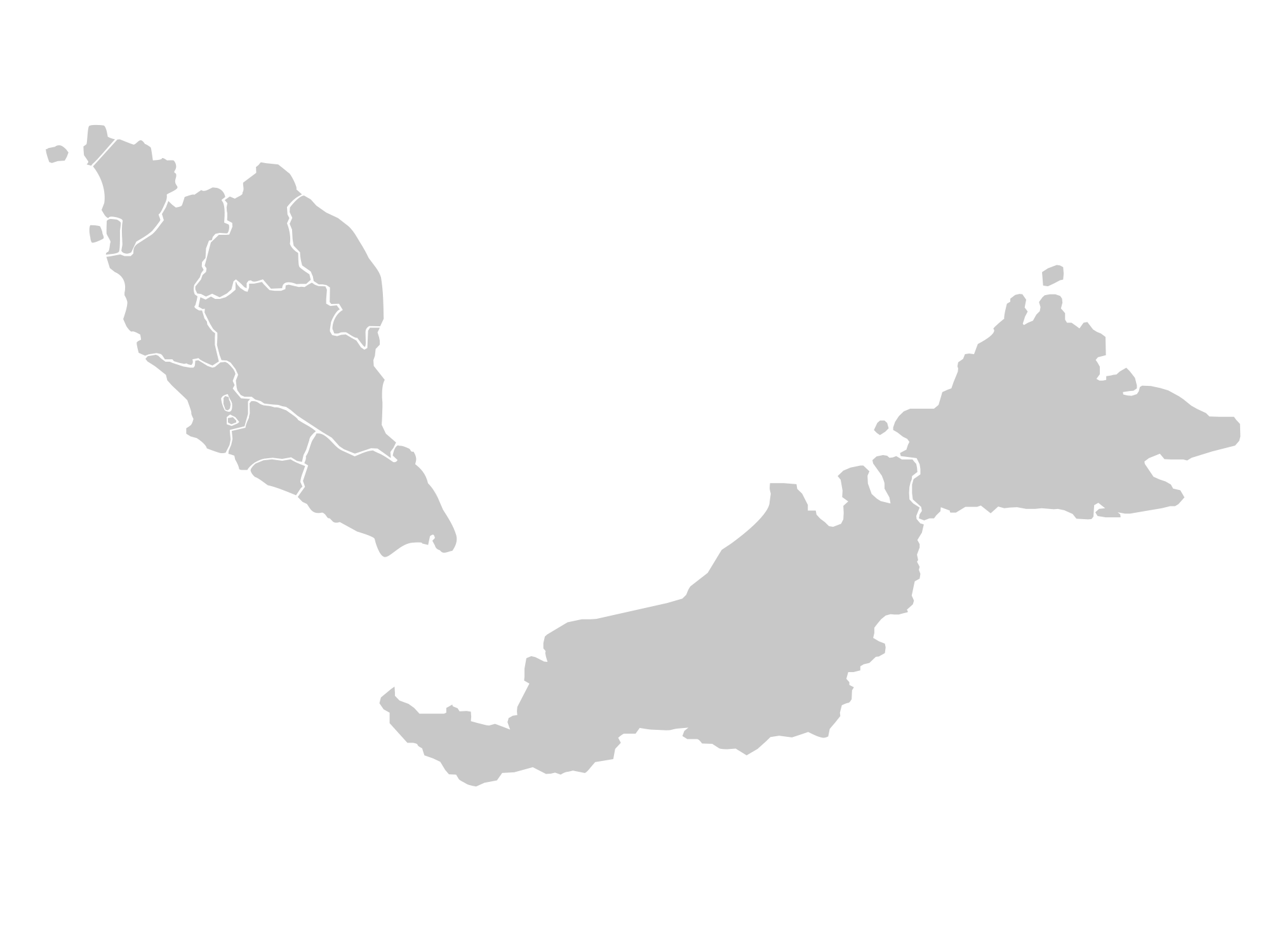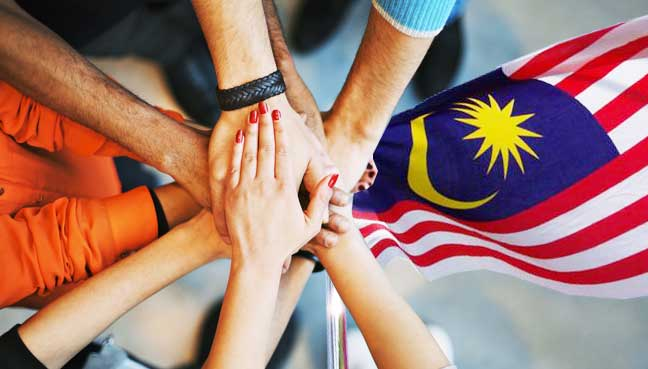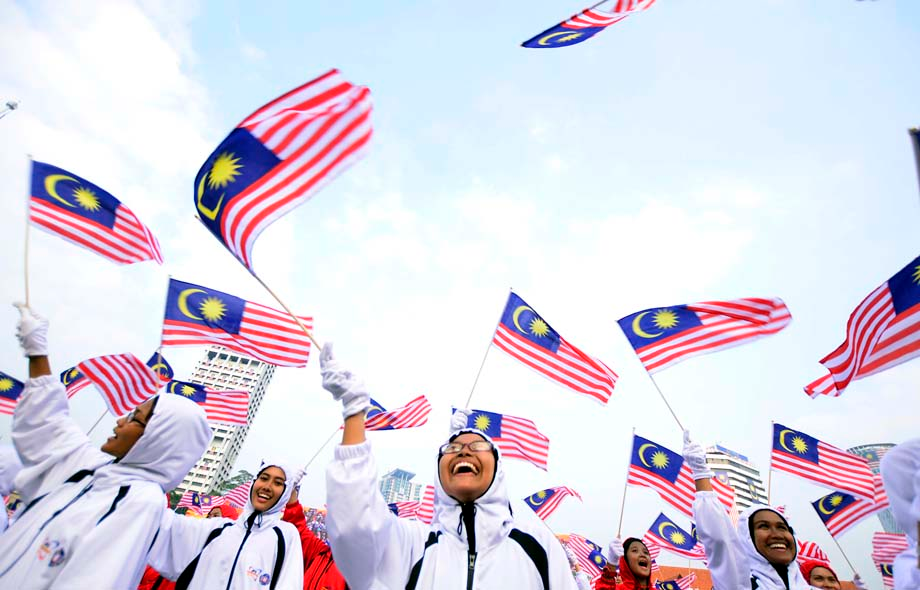by Ng Li Wei
Malaysia wasn’t always the Malaysia we know and love now. It was much smaller, less culturally diverse, and it was called the Federation of Malaya, consisting only of West Malaysia. That all changed on one historic date – September 16th. Malaysia Day. It is often celebrated in tandem with Hari Merdeka, Independence Day, but both of these days could not be more different.
Satu Malaysia. Ever wondered where this saying came about, and what it referred to? It wasn’t only talking about the uniting of the country’s various races and cultures, but also regarding the physical act of uniting three (well, four to begin with, but we’ll get to that later) countries to ultimately one unified nation.
This famous saying reminds us of the momentous change that has had such an impact on the future of Malaysia and its citizens. September 16 forever reminds us of the day of the union – essentially the birthday of Malaysia – that has remained strong and in harmony since 55 years ago. It is the day that’s made Malaysia into what it is now.

I’m going to be diving into some history here (here we go), but I’ll try to keep it short. Malaysia Day commemorates the establishment of the Federation of Malaysia in 1963 through the Malaysia Agreement of 1963, in which an international agreement was signed between Great Britain, the Federation of Malaya, Sabah (at the time called North Borneo), Sarawak, and Singapore. The Agreement was to combine the component states into a new nation known as Malaysia.
Why did this Agreement come about? Well, the reasons for the formation of the Federation of Malaysia were simple – self-interest. There were benefits to be gained for all the states that agreed to merge. It sounds selfish, but the human race has been acting for themselves for a long time now and it really isn’t a big surprise. To be fair, there was also some talk about Malaya’s incentives to help the other states achieve independence from the colonists – Great Britain, that is.
Singapore wanted the merge to happen because they were an island with zero natural resources and needed Malaysia to provide a market for its industries and to propel its growth. There was also the threat of a communist takeover in Singapore, which then more urgently required the support of Malaysia to secure its political legitimacy. The Federation of Malaya wanted to include the Borneo states because the entry of Singapore – and subsequently, its large Chinese population – would threaten the balance of ethnic composition within the nation. However, the addition of Sabah and Sarawak, who agreed to the merge in exchange for liberation from British colonists, helped to nullify their concerns and thus ensure the merge happened.
And they lived happily ever after…not. Due to political and economic differences, Singapore eventually decided to separate from Malaysia in 1965, becoming an independent and sovereign nation.
Thus, to this day, Malaysia remains the Malaysia we know and love, and we celebrate Malaysia Day every year on the 16th of September.

I’ve said it before and I’ll say it again – Malaysia Day is not Hari Merdeka. Hari Merdeka commemorates the end of the British rule; the beginning of Malaysia’s independence. To be more accurate, it celebrates the independence of the Federation of Malaya which, at that time, consisted only of Peninsular Malaysia. Sabah and Sarawak, located in the East, were very much left out of this celebration as they truly achieved independence from British rule only on September 16th, Malaysia Day.
Adding fuel to the fire, on Hari Merdeka, the festivities that are held include major attractions, such as a glorious parade, whereas for Malaysia Day, there’s little to no celebrations held. Did you know that Malaysia Day was only declared a public holiday in East Malaysia in 2009, 46 years after the real event?
All these factors caused people of East Malaysia to be discontented and angry as they felt isolated and left out – they had no right to be treated this way. And their anger was justified – the citizens of East Malaysia are just as Malaysian as any West Malaysian, and should rightfully be treated as such. Their dissatisfaction led to a declaration in 2010 which made Malaysia Day a national holiday, therefore being more inclusive of East Malaysia.
To the East Malaysians, this declaration was so much more than simply getting another holiday for themselves. It symbolised the country’s acknowledgement and respect towards its eastern states which had, previously, been neglected and overlooked despite being a major part of the country. It represented the abolishment of their feelings of isolation. Since then, Malaysia Day has been dubbed the country’s “second national day”, giving it the credit and prestige it deserves. Of course, everyone in the peninsular had to get used to suddenly having another national day to celebrate, but it’s not like Malaysians would ever complain about getting another holiday.

All in all, Malaysia Day is a day that has succeeded in uniting the people of Malaysia and instilling the strong sense of patriotism that we so rarely feel. It is a day to be proud of how far our country has come; of how members of different communities are able to live in harmony, regardless of race or religion.
September 16th. The historic date that marks the formation of our multi-racial and culturally diverse country. It should not be overshadowed by Hari Merdeka, nor should it overshadow Hari Merdeka, but instead cherished and celebrated with equal fervour. I hope I’ve said the date enough times for you to remember it, and to remember what it represented and continues to represent for all the years to come.



